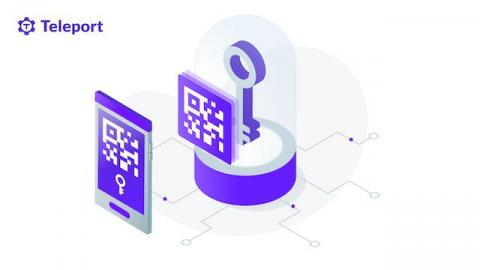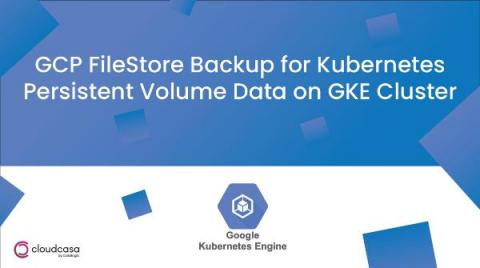Software and AppSec Challenges and Opportunities in Banking and Fintech - Part Two
In this, the second of three blog posts, we continue to examine the issues discussed in our recent webinar, “Software and Application Security Challenges and Opportunities in Banking.” In the webinar, Rhys Arkins, Mend’s VP of Product Management, was joined by James McLeod, Director of Community of the Fintech Open Source Foundation (FINOS); Kate Stewart, VP of Dependable Embedded Systems at the Linux Foundation; and Amol Shukla, Executive Director of Engineering at Morgan Stanley, to











